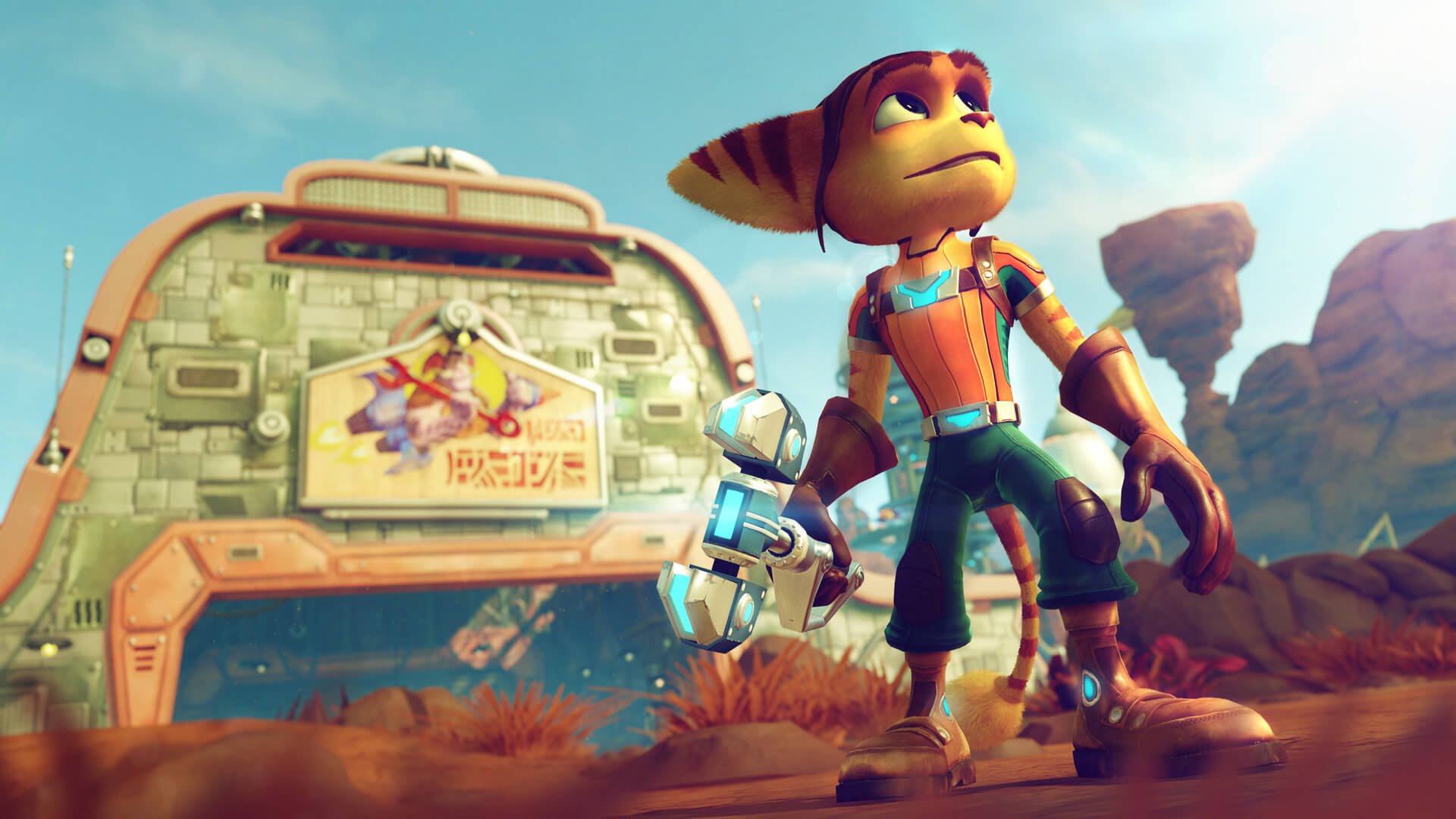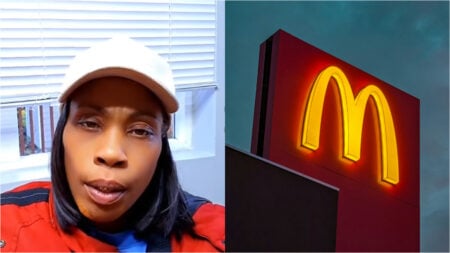As gamers, we love our games. We form deep-seated connections and genuine bonds with certain titles. Perhaps said game helped you get through a particularly turbulent breakup. Perhaps there is a game that reminds you of a simpler, nostalgic filled period in your childhood. Perhaps there are even games that helped you find The One.
Video games are important to us and it is clear that we all grow attached to certain titles. However, we have hit what some might call a snag in the road, due to our, at times, narrow-minded nostalgia and a new trend in the industry. The idea of reselling us the same game over and over has become a normalcy.
Upon release, we are faced with a choice. Do we want the standard edition of the game, do we want the Deluxe Edition, which includes exclusive launch DLC, or the Collector’s Edition, which includes a limited edition statue and an art book. A year later we are asked if we want to re-buy the game, in the form of a game of the year edition, which includes all post-launch DLC and expansion packs. Finally, we are teased with a slightly more polished version of the same game two years later, and are captivated and entranced by the words, “HD remaster.”
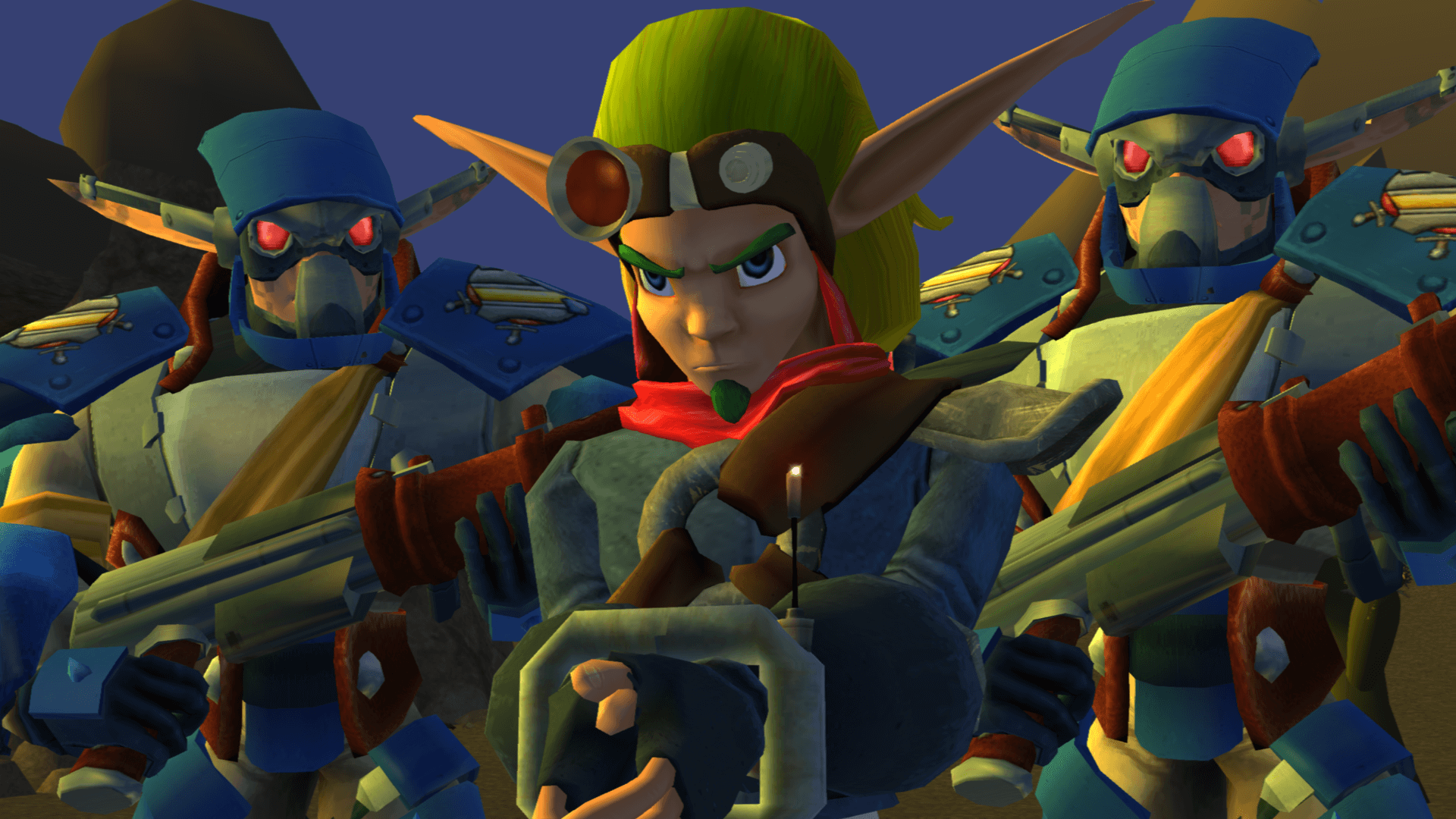
And we buy it. We buy it again and again because we loved it. What game is that for you? Halo 2? Crash Bandicoot? The Legend of Zelda? For me, it’s the Jak and Daxter series. Well, this article aims to look at the different avenues game developers take to provide us with products. Is the best option to release a sequel, a remastering of a popular past title or tackle something entirely new? And eventually I hope to prove why rebooting a franchise is the most beneficial outcome for both developers and gamers.
The problem with sequels is that they often never satisfy. There are two routes a franchise can take. They can choose to end a series on a high note, in which case many players continuously hassle developers, sometimes up to a decade later (Half Life 2), for the sequel they think they want. Or a franchise can continue long past its prime until it’s a husk of its former self. Consider the predicament 343 find themselves in with the Halo series. They are limited in their ability to innovate and deviate from the historical Halo formula, due to die hard fans wanting a pure, traditional Halo experience. Yet many gamers are moving on from the franchise, as new IP’s push the limitations of the first-person shooter genre, with new and exciting mechanics. Halo needs to innovate to retain its relevancy, but any attempts to do that risk aggravating the dwindling audience that will stick with them.
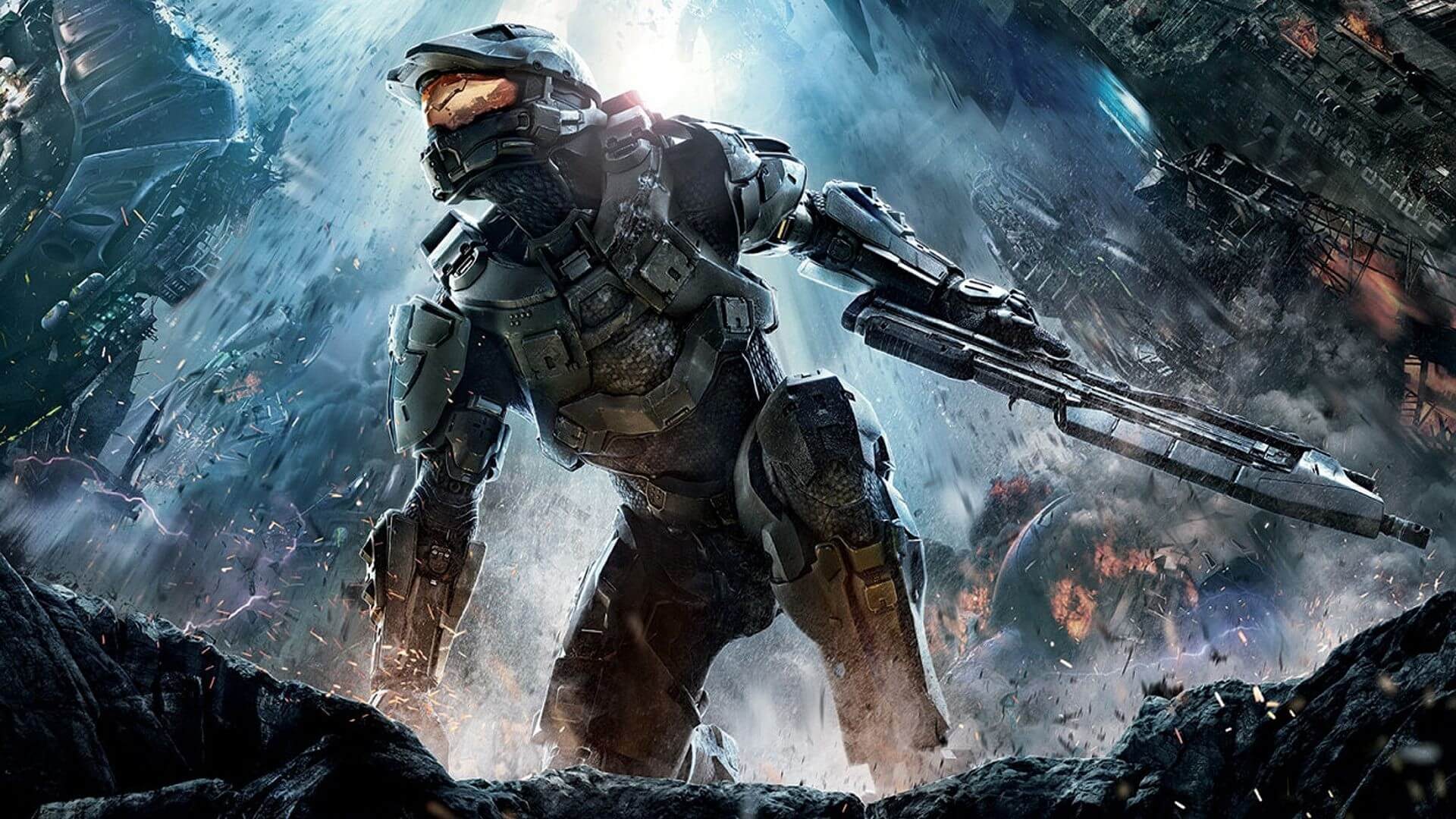
It seems the best option is for developers to know when to move on. To end a series on a high note and venture into uncharted territory. They can retain the audience excitement generated from their past work and channel it towards a new ground-breaking experience. But video games are an expensive medium, both to produce and purchase. Years of people’s time and hundreds of millions of dollars can go into a single disk. Publishers have become risk averse and are rarely willing to invest in anything but a tried and true formula. And so game developers are urged to make sequels even when the creative spark isn’t there. While new AAA franchises rarely exist without the masculine, Caucasian male protagonist, open-world-multiplayer tagline and generic wartime shooter theme. An AAA studio must truly show their worth before being trusted to create something outside of this mold. And the only ones we can blame, for this industry norm, are ourselves. When Call of Duty continues to dominate the sales charts, while other, more experimental titles fade into memory, publishers are watching.
So, fearful of destroying the good will born from a successful franchise but often unable to delve into anything new, developers and publishers have embraced another path. A path we have all become so familiar with. Remasters. Why make a new game when you can add a little polish to something old and sell it for full price. Initially, remasters were a thing of scarcity and nostalgia. When the Jak and Daxter Collection released in 2012, it had been over a decade since the original game’s launch, they compiled the original trilogy into a single game and transitioned all three titles from standard definition to high definition. This collection, like the God of War Collection, Sly Cooper Trilogy and Ico and Shadow of the Colossus bundle were fan service to gamers. We often want to go back and play the games that make us feel nostalgic. But whether they are stranded on consoles we’ve been pushed to sell, or don’t hold up because of technological improvements, we are forced to merely reminisce. However, where once remasters were a rare breath of life into popular franchises of old, now they feel like effortless cash grabs. Within this current generation, games are re-released just a few years after their initial launch. They are often single games, rather than affordable bundles. Many are titles that sold poorly the first time around and so are an attempt at selling more copies rather than something more genuine. And many making the jump from PS3 to PS4 or
What do we do? It seems like whatever route we take will lead us towards disappointment. However, I believe in the last year we have been shown the answer. Reboots. Reboots are seemingly the best of both worlds. You can have a refreshing experience while still continuing on, a commercially successful brand. Tomb Raider, God of War and Ratchet and Clank were all long-dormant franchises. Each one of them found great success in their prime, yet despite having a dedicated cult following, many gamers grew tired of these series. We had revisited the Ratchet and Clank formula countless times and the one-dimensional Kratos and fixed camera angles of God of War felt dated by the time Ascension rolled around. So they disappeared for several years, out of sight and out of mind. Until they were relaunched as reboots of their former selves.

Ratchet and Clank has returned during a 3D platformer renaissance. The genre has been popularized once again and seven years after the last main entry, many gamers commended this reboot of 2002’s Ratchet and Clank, for its surprising quality. The game is a retelling of the original story, with a little reworking. Many of the levels are exact replicas of the original title from 2002, made by modern engines. This makes level design easier for developers as they already have a blueprint to work from, and is an added dollop of nostalgia for veteran players. While narratively, the plot is a re-imagining of the Ratchet and Clank origin story. Many of the beats are the same and the original cast is all here, but rebooting the franchise has allowed Insomniac to iron out the awkward tension between Ratchet and Clank from the original game, add hilarious supporting characters and take aspects of the story in new directions. Somehow the game feels like both a retelling of the origin story of this duo and simultaneously its own compact tale. Thus allowing accessibility for younger gamers looking to test the franchise for the first time, while veterans and fans can enjoy a stunning version of a game from their childhood.
There are even instances where the original games can still be considered canon in series reboots. The new God of War seems to be a reboot in every way. From its Norse setting to its original story, to the definitive choice to call it God of War rather than God of War 4. The tone of the game itself seems to be headed in a completely different direction. No longer does this feel like a shallow hack and slash, action game. The camera now hugs Kratos from behind rather than being fixed. Gameplay and combat seem more methodical and similar to Dark Souls dodge and attack approach. And seemingly as a reaction to the criticisms of Kratos character, Sony Santa Monica is taking a somewhat Last of Us style approach to storytelling. Telling the intimate tale of Kratos and his son, rather than a hyperbolic take on the war of the gods. Yet despite these drastic changes, the new God of War is a sequel to 2010’s God of War 3. Sony Santa Monica has reached a sweet spot. By leaving the past entries as canon, instead of claiming that PS4’s God of War is unrelated, those who played past games feel a somewhat stronger connection to Kratos while also allowing the developers to draw on aspects of previous titles, to create a deeper character going forward. Yet with a new setting, the cast of characters and title, Sony Santa Monica are free to adapt an outdated franchise into one of the most exciting surprises of E3 2016 and reboots of the generation.
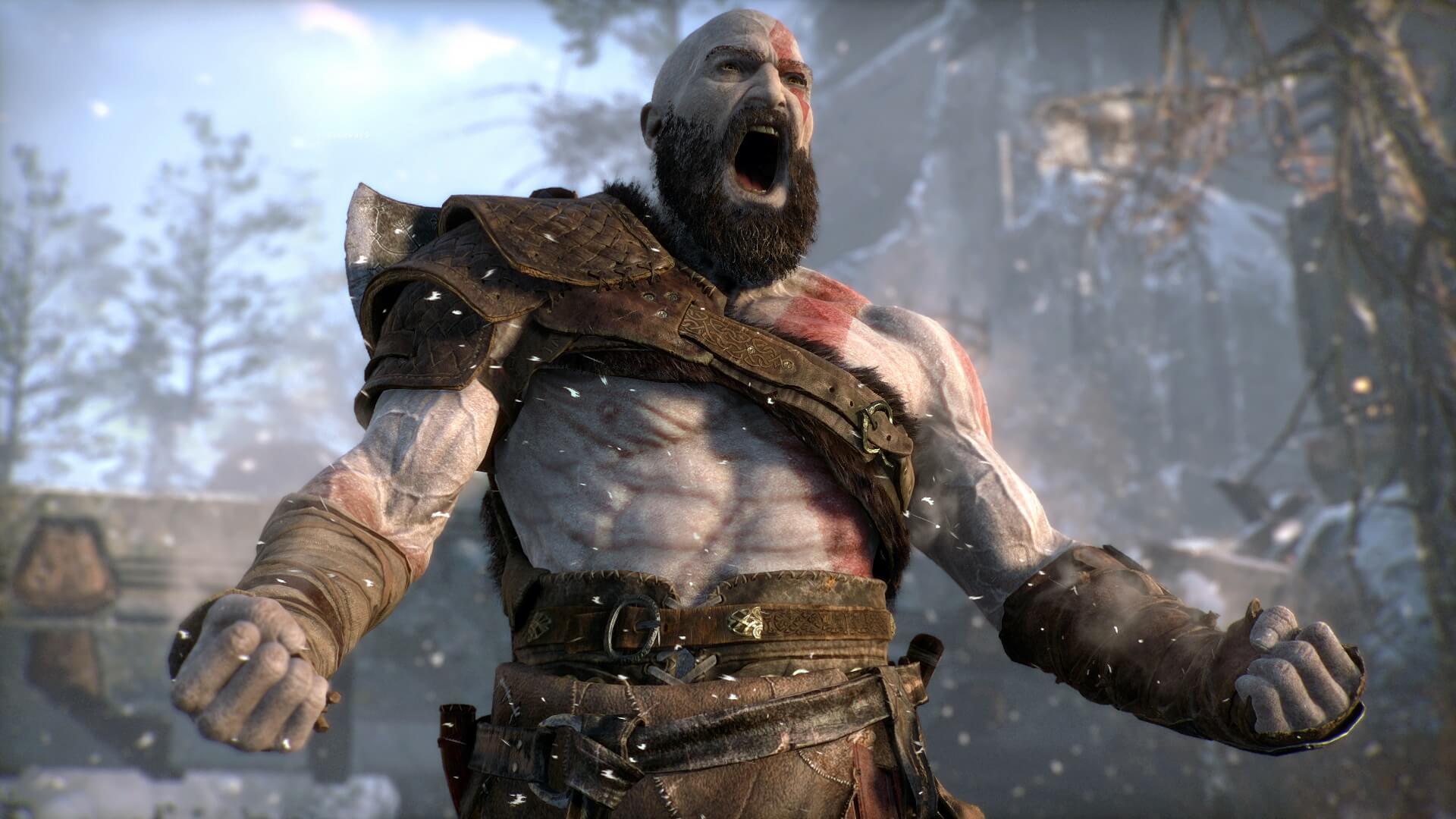
Reboots and re-imaginings of past titles are the way going forward. It may only be now that we are realizing this, yet some developers have found years of success in this method. Nintendo has been molding its brands into different forms for decades, from Zelda to Mario to Metroid. While companies like Bethesda have found great success in their reboots of popular franchises, such as Wolfenstein and Doom. The games industry is a tough landscape. With millions of dollars and people’s livelihoods on the line, developers and publishers are forced to make tough calls. And when video games cost $60 – $120 depending on where you live in the world, gamers are cautious over what they buy. But by embracing reboots and remakes of games, we can fulfill our emotional nostalgia while trying something new. Leaving game developers free to tackle innovative projects yet still release an entry into an established franchise.

